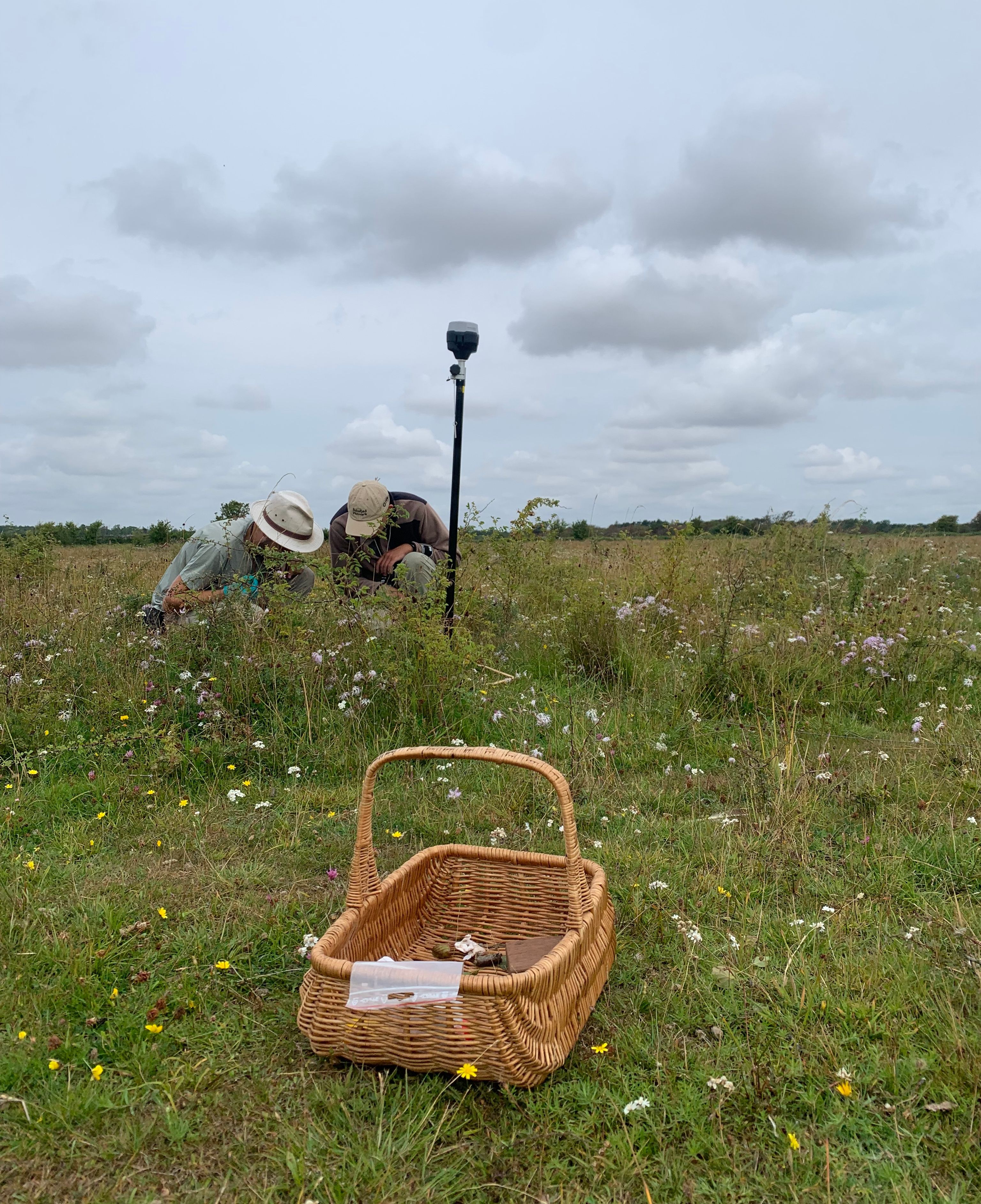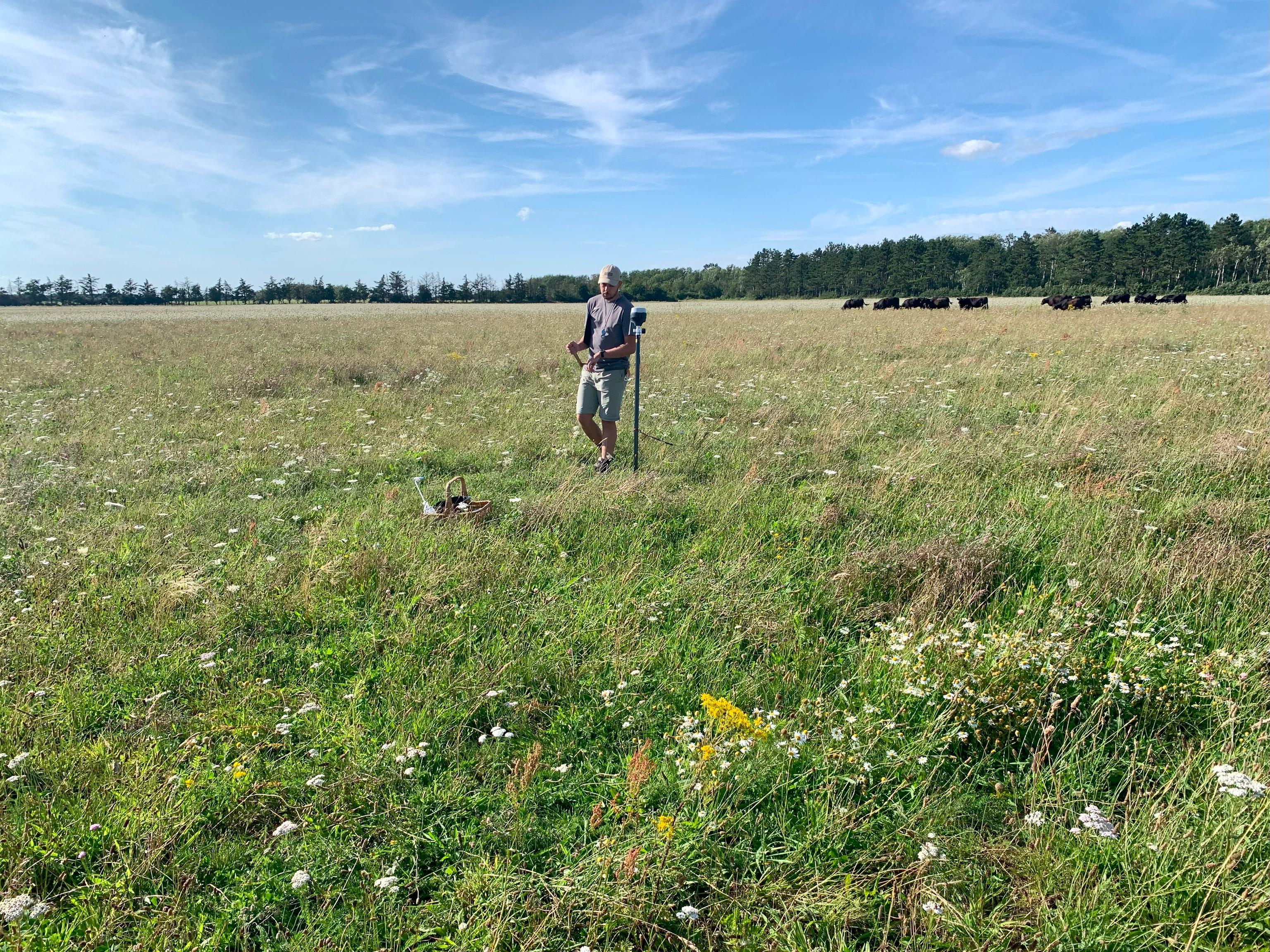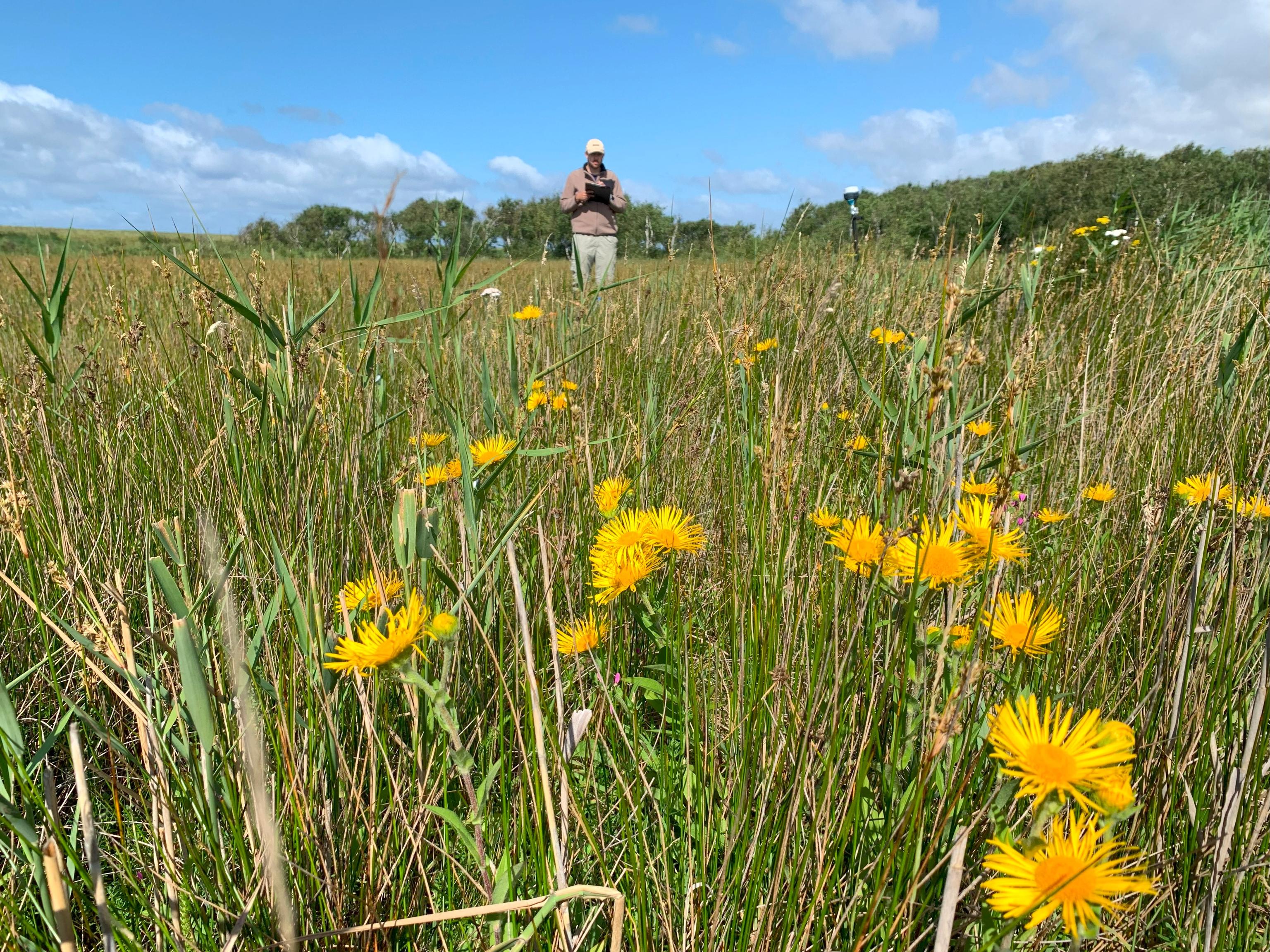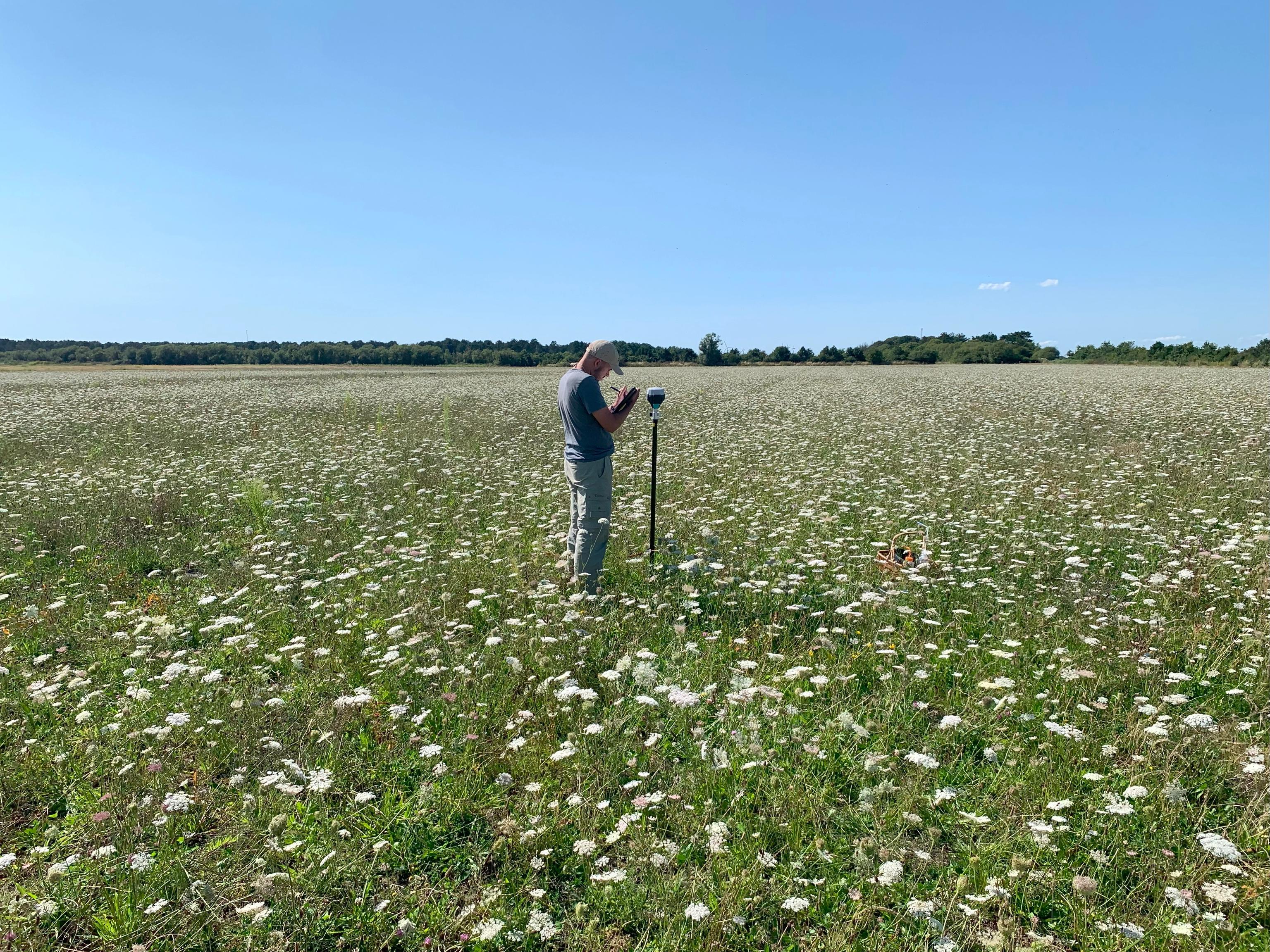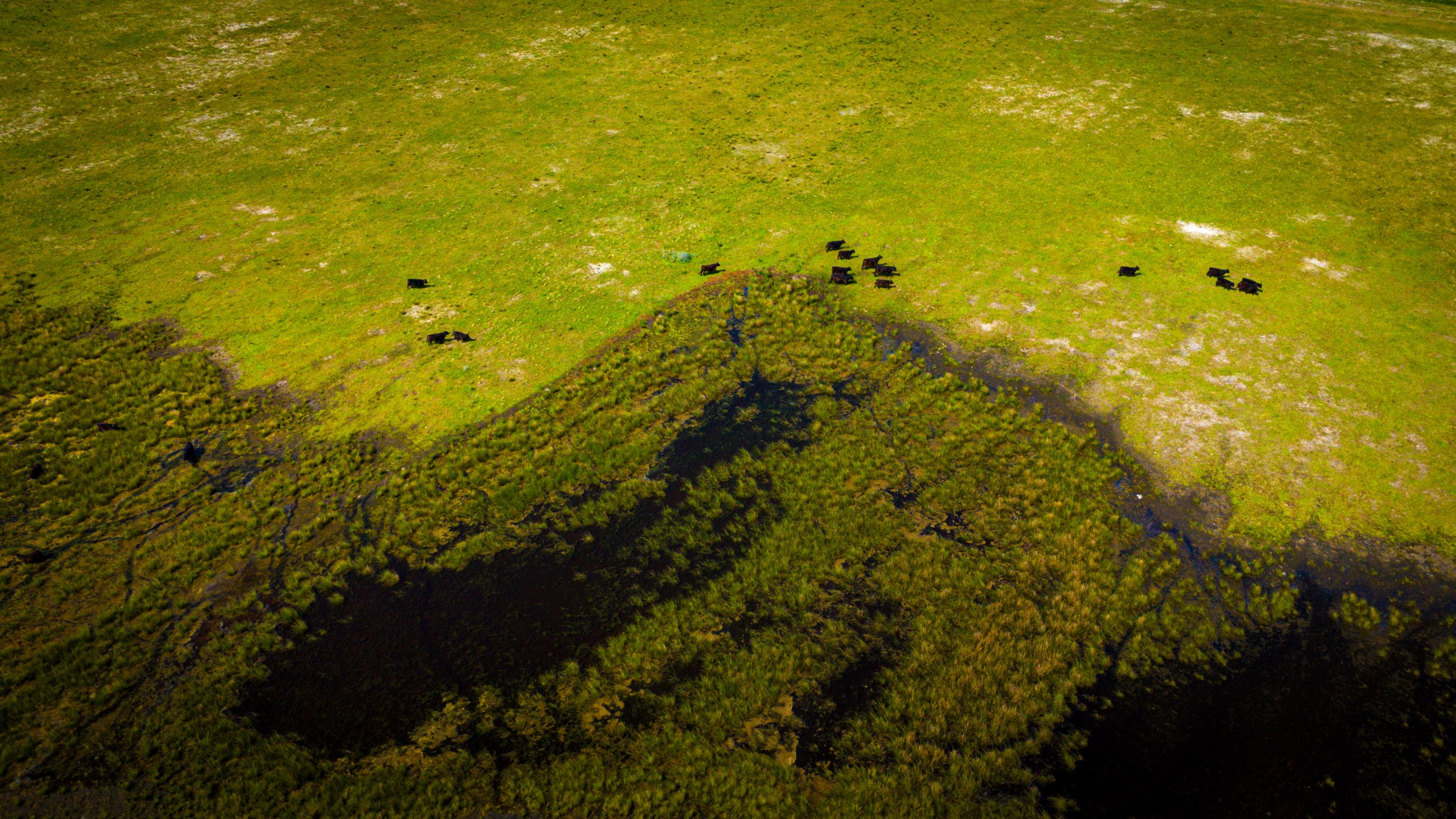‘Dark Diversity’: New Research Maps the Hidden Potential of the Wilderness
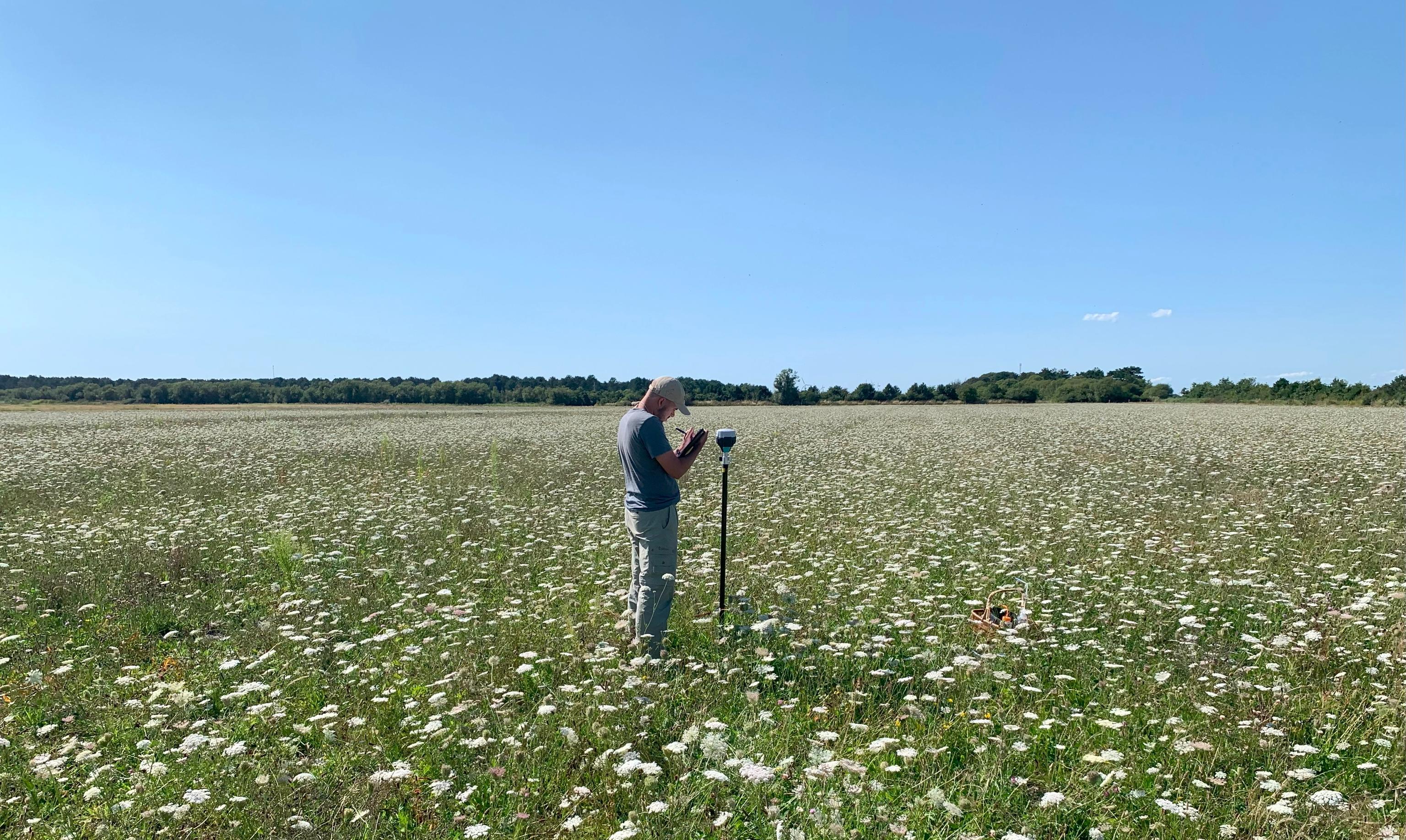
Which species are missing in Saksfjed Wilderness – and why? A new master’s thesis sheds light on the blind spots in biodiversity and shows how new knowledge can strengthen restoration efforts in the area.
When we talk about biodiversity, the focus is often on the abundance and variety of species we can find. But what about those we can’t find, even though they should be there?
That’s the question ecologist Aksel Munkholm explores in his thesis on ‘dark diversity’, a concept that refers to the species absent from an ecosystem despite suitable conditions. By identifying these ‘missing’ species, we gain insight into how nature has been affected – and how we can correct it.
The area’s dark diversity, i.e., its absent species, can reveal whether there's a lack of dispersal opportunities due to a fragmented landscape or the absence of large animals needed to spread seeds. The method can also help prioritize which species to reintroduce, detect invasive species, and predict future climate migrants – and that’s exactly what Aksel Munkholm mapped in his thesis on Saksfjed Wilderness.
Herbs Under Pressure
During the summer of 2024, Aksel Munkholm collected vegetation data in Saksfjed Wilderness and the nearby Saksfjed-Hyllekrog, which has been under rewilding for over 15 years. This data was compared with datasets from Denmark and Europe using the co-occurrence method, which calculates the likelihood of a species being present based on the presence of other species. This way, it’s possible to predict which species should be present in the area but aren’t.
The result is a list primarily made up of herbs adapted to grazing and moist conditions – species that likely haven’t been able to spread to the area because it’s surrounded by water and farmland. Herbs that generally struggle in today’s landscapes, which are fragmented, overgrown, and lacking dispersal vectors – that is, the means they require to spread, such as large animals.
Rewilding Takes Time – and a Helping Hand
A comparison between the two neighboring areas in Saksfjed shows that even after 15 years of good nature management in Saksfjed-Hyllekrog, the species richness and community completeness (ecological completeness) is not significantly higher than in Saksfjed Wilderness, which has only been under rewilding for about a year.
This suggests that passive management alone may not be sufficient when species lack the means to disperse. It highlights the need for active measures such as assisted dispersal in isolated natural areas – a method already being used in Saksfjed Wilderness.
For this reason, Aksel Munkholm has identified 79 priority species that would benefit from assisted dispersal in Saksfjed Wilderness – in this case, by sowing seeds. These include herbs like devil’s-bit scabious (Succisa pratensis), marsh cudweed (Gnaphalium uliginosum), meadow thistle (Cirsium dissectum), wild strawberry (Fragaria vesca), quaking grass (Briza media), tuberous meadowsweet (Filipendula vulgaris), dwarf thistle (Cirsium acaule), and bush vetch (Vicia sepium).
A Springboard for Climate Migrants
With an eye to the future, the thesis also analyzes potential climate migrants – species not currently found in Denmark but that could gain a foothold as temperatures rise.
Based on a European reference dataset, Aksel Munkholm identified 286 plant species, 182 of which are adapted to warmer climates than currently found in Saksfjed – and therefore may migrate north as the climate changes.
Saksfjed has previously proven to be a springboard for several immigrating insects, such as the wasp Sapygina decemguttata, suggesting it could also become a landing ground for plant species in the future.
FACTS
- Dark diversity refers to species that are absent from a given ecosystem even though the ecological conditions suggest they could – or should – be present.
- Assisted dispersal is a nature management method in which humans actively help species spread to new areas, e.g., by sowing seed mixtures or introducing animals.
- Community completeness is a measure of how ecologically complete an ecosystem is – i.e., how many of the species that could live in a given place are actually present.
Interested in writing a thesis or PhD in Saksfjed Wilderness? Don’t hesitate to contact us. Learn more about the Wilderness’ monitoring and research projects here.
